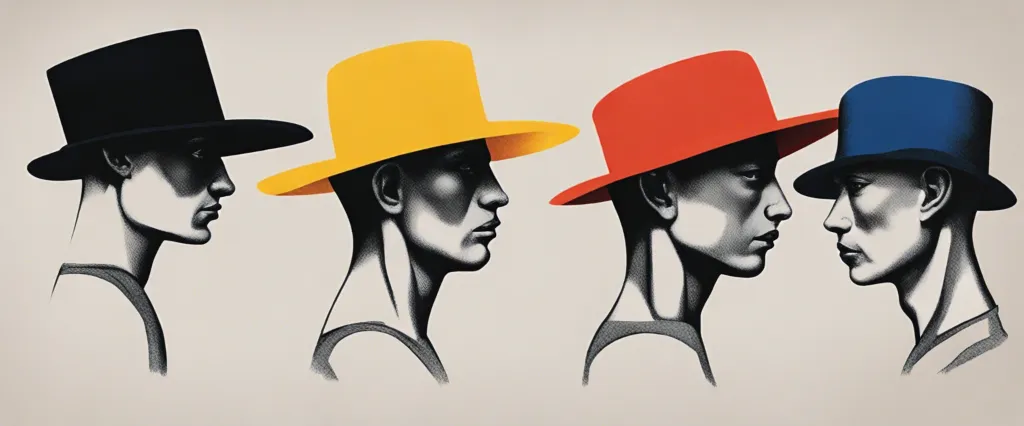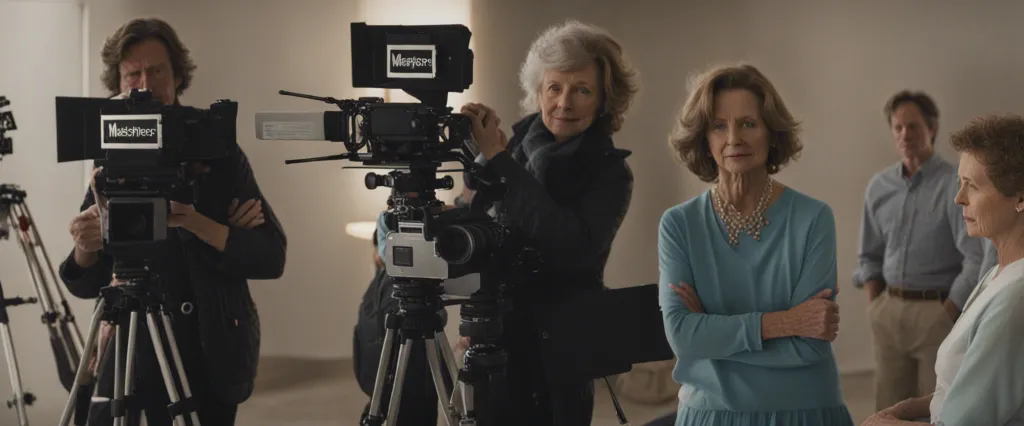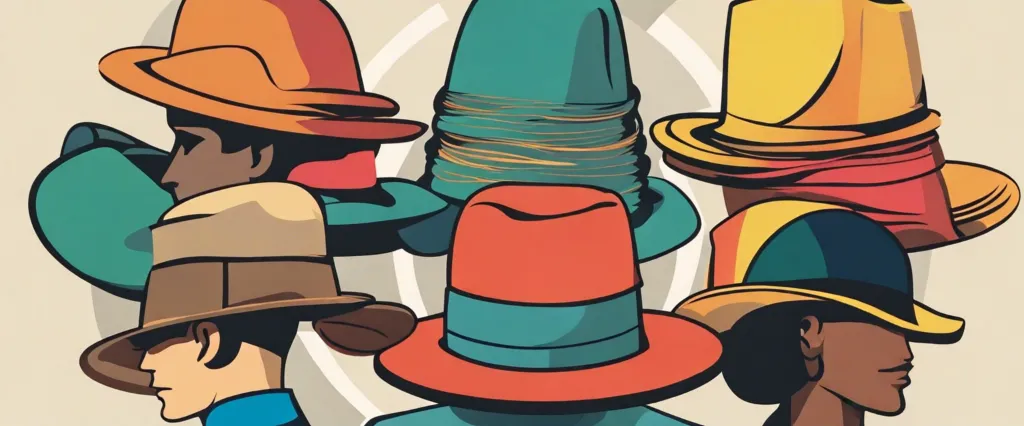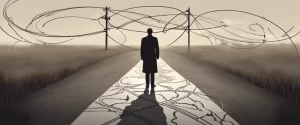
In the realm of personal and professional growth, authors have long sought to provide readers with practical tools and insights to enhance their skills and broaden their perspectives. Two notable works, “Six Thinking Hats” by Edward De Bono and “Directing Actors” by Judith Weston, delve into distinct areas of expertise yet share a common goal of fostering effective communication and decision-making. While De Bono’s book introduces a structured approach to stimulate diverse thinking, Weston’s work delves into the art of collaboration to bring out the best performances from actors. Gaining prominence in their respective fields, these authors have managed to captivate audiences with their unique approaches. Therefore, this comparative study aims to explore the merits and limitations of both books, shedding light on the remarkable contributions De Bono and Weston have made to the realm of personal and professional development. By examining the principles and techniques advocated within each work, we will uncover the symbiotic relationship that exists between critical thinking and effective directing, discerning the relevance of these practices in diverse contexts. Join us as we embark on a journey of exploration and analysis, uncovering the richness and distinctiveness of “Six Thinking Hats” and “Directing Actors.”
Brief Summary of Two Books
Six Thinking Hats by Bono Edward De
Six Thinking Hats is a book written by Edward de Bono that introduces a practical thinking method designed to improve decision-making and problem-solving skills. The book presents the concept of six metaphorical hats, each representing a different style of thinking. By metaphorically wearing or switching hats during a discussion or brainstorming session, individuals can adopt specific thinking perspectives and encourage collaboration and creative problem-solving.
The book begins by highlighting the significance of individual thinking styles and how they can influence group dynamics. De Bono emphasizes the importance of separating ego and focusing on the betterment of collective thinking. He presents six colored hats, each representing a specific thinking mode.
The white hat represents objective and factual thinking, focusing on available information and data. The red hat stands for emotions and feelings, encouraging intuition and gut reactions. The black hat symbolizes critical thinking and cautious judgment, exploring potential risks and drawbacks. The yellow hat represents positive thinking, focusing on benefits, and potential opportunities. The green hat embodies creative thinking, encouraging new ideas and possibilities. Lastly, the blue hat represents process control, leading and organizing discussions.
Throughout the book, de Bono explains how wearing these hats can help teams explore multiple perspectives, avoid biased thinking, and encourage robust discussion. By using these hats, individuals can systematically analyze problems and ideas from various angles, fostering more balanced decisions and enhanced team collaboration.
In summary, Six Thinking Hats offers a practical and systematic approach to thinking, enabling effective communication and decision making within groups. By adopting different thinking roles represented by the colored hats, individuals can broaden their perspectives and explore a variety of viewpoints, leading to more informed and holistic problem-solving.
Directing Actors by Judith Weston
“Directing Actors” by Judith Weston is a comprehensive guidebook for film directors seeking to enhance their skills in working with actors. The book explores the relationships between directors and actors, emphasizing the importance of communication, trust, and collaboration.
Weston delves into various aspects of the director-actor dynamic, providing practical advice on how to effectively communicate with actors, inspire their creativity, and elicit truthful performances. She discusses different acting techniques, tools, and exercises that can be used during rehearsals and on set to help actors achieve their fullest potential.
The author explores the emotional journey of characters and emphasizes the importance of understanding their motivations, desires, conflicts, and relationships. Weston explains how directors can create a safe and supportive environment that encourages actors to take risks, explore different interpretations, and deeply connect with their characters.
Furthermore, “Directing Actors” tackles the challenges directors might face in dealing with difficult actors and offers strategies for handling conflicts or resistance. It also provides guidance on casting, script analysis, and collaborative decision-making, outlining the director’s role in guiding and shaping performances.
Through the book, Weston draws on her extensive experience as a film and theater director, using practical examples and case studies from various films to illustrate her points. “Directing Actors” is widely regarded as an essential resource for directors, offering practical insight, techniques, and approaches for working effectively with actors and ultimately creating powerful and authentic performances on screen.
Comparison between Two Books

Similarities in Creativity
Both “Six Thinking Hats” by Edward De Bono and “Directing Actors” by Judith Weston focus on the topic of creativity, albeit in different contexts.
One similarity between the two books is that they both emphasize the importance of having an open and flexible mindset when it comes to creativity. In “Six Thinking Hats,” De Bono introduces a method of thinking that involves wearing different “hats” to approach a problem from different perspectives. This encourages individuals to explore various possibilities and encourages creative thinking. Similarly, in “Directing Actors,” Weston emphasizes the need for directors to remain open to different interpretations and ideas from actors. By fostering a collaborative environment, creativity can flourish.
Another similarity is the focus on encouraging creativity through the use of techniques and exercises. In “Six Thinking Hats,” De Bono provides practical tools and strategies that can be used to stimulate creativity. These techniques include brainstorming and lateral thinking, which enable individuals to break free from traditional patterns of thinking. In “Directing Actors,” Weston also suggests various exercises and activities that directors can use to inspire creativity in actors. These exercises help actors tap into their emotions and imagination, leading to more authentic and creative performances.
Lastly, both books acknowledge the importance of creating a conducive environment for creativity. In “Six Thinking Hats,” De Bono highlights the need for constructive and respectful communication within a group setting. This allows for the free exchange of ideas and encourages individuals to think creatively without fear of criticism. Similarly, in “Directing Actors,” Weston stresses the significance of creating a safe and supportive space for actors to explore their creativity. This involves establishing trust and providing constructive feedback to help actors fully express themselves.
In summary, both “Six Thinking Hats” and “Directing Actors” share the common theme of creativity. They emphasize the importance of having an open mindset, using techniques and exercises to stimulate creativity, and creating a supportive environment. These similarities demonstrate how creativity can be nurtured and enhanced in different contexts, whether it’s problem-solving or artistic expression.
Divergences in Creativity
Six Thinking Hats by Edward De Bono and Directing Actors by Judith Weston are both renowned books that explore different aspects of creativity. While Six Thinking Hats focuses on the process of thinking and problem-solving, Directing Actors examines the art of bringing out creative performances from actors. The divergence in their approach to creativity lies in the focus on individual thinking versus collaborative creation.
In Six Thinking Hats, Edward De Bono presents a systematic approach to thinking that encourages individuals to explore different perspectives and aspects of a problem. The book introduces six distinct thinking modes or “hats” (white, red, black, yellow, green, and blue), each representing a different approach or viewpoint to consider. De Bono emphasizes the importance of separating these modes in order to effectively analyze a problem or idea. The book’s emphasis is on promoting individual creativity and a structured thinking process.
On the other hand, Directing Actors by Judith Weston delves into the process of guiding actors to deliver authentic and creative performances. While De Bono’s book centers around individual thinking, Weston’s work recognizes the collaborative nature of creativity. She focuses on the director’s role in facilitating a creative atmosphere and the importance of establishing strong communication with actors. Weston explores various techniques and exercises to enable actors to delve deeper into their characters, encouraging improvisation and exploration.
The divergence between these books becomes apparent when considering the different aspects of creativity they address. Six Thinking Hats focuses on generating innovative ideas and solutions through an individual’s thinking process. It presents a framework for structured thinking that can be applied to various areas of life, including business, education, and personal development.
In contrast, Directing Actors looks into the world of performance and emphasizes the collaborative process of creativity. Weston’s book highlights the importance of understanding and working with actors as unique individuals, coaxing out their creative instincts and contributing to the overall artistic vision. It is a comprehensive guide for directors, acting teachers, and anyone involved in the realm of performance arts.
In summary, the divergence in creativity between Six Thinking Hats and Directing Actors lies in their respective focuses on individual thinking and collaborative creation. While De Bono’s book provides a structured approach to thinking and problem-solving, Weston’s book explores the art of working with actors to bring out their creative potential. Both books offer valuable insights into different dimensions of creativity, appealing to individuals seeking to enhance their personal thinking processes or engage in the world of performance arts.

Conclusion
Both “Six Thinking Hats” by Edward De Bono and “Directing Actors” by Judith Weston are highly regarded books in their respective fields.
“Six Thinking Hats” is a book on decision-making and problem-solving techniques. It presents a systematic approach to thinking, where different “hats” represent different modes or perspectives of thinking. The book offers practical strategies for individuals and teams to effectively analyze and solve problems, fostering collaboration and creativity. If you are interested in improving your decision-making skills or managing group discussions more effectively, “Six Thinking Hats” would be a valuable read.
On the other hand, “Directing Actors” is a book focused on the art of directing actors for film and theater. Judith Weston, a renowned acting coach, shares her insights and techniques for working with actors to bring out their best performances. This book delves into the psychological, emotional, and practical aspects of directing, providing guidance on communication, creating trust, and cultivating a collaborative working environment. If you have an interest in directing or working with actors in any capacity, “Directing Actors” would be an excellent choice.
Ultimately, the choice between these two books depends on your personal interests and goals. If you are more interested in improving your decision-making and problem-solving abilities, go for “Six Thinking Hats.” Conversely, if you are more inclined toward the art of directing, “Directing Actors” would be a more fitting choice.


